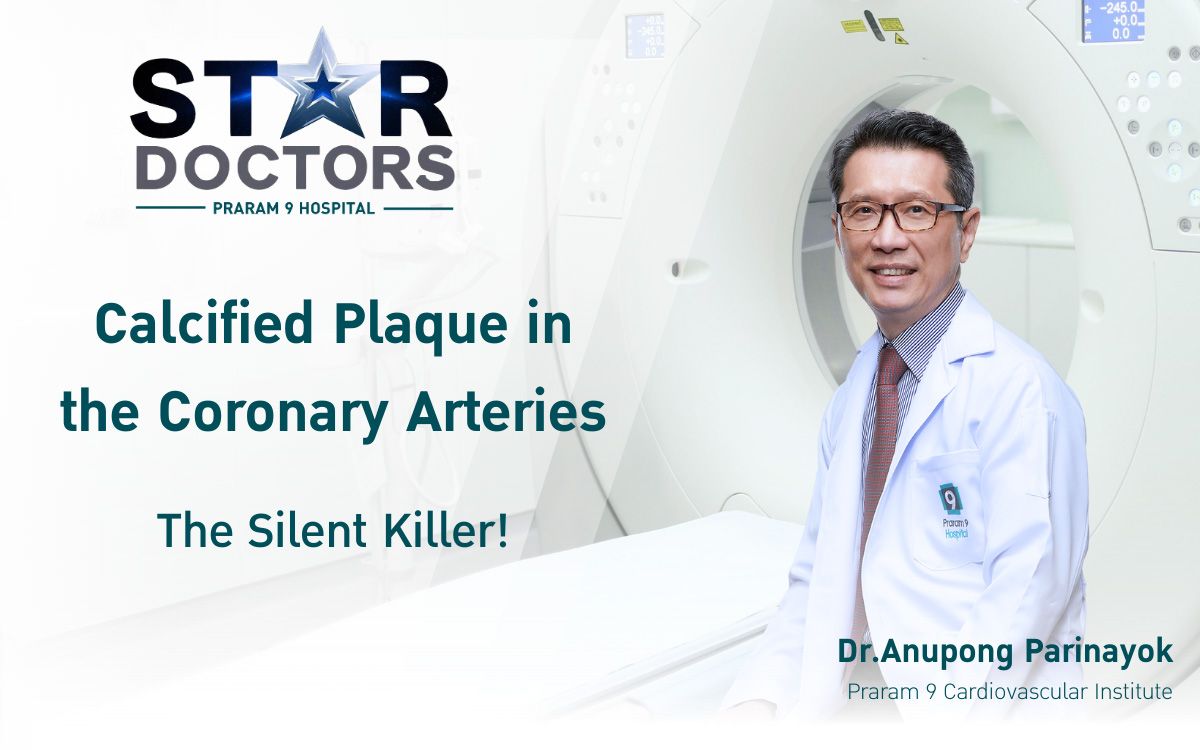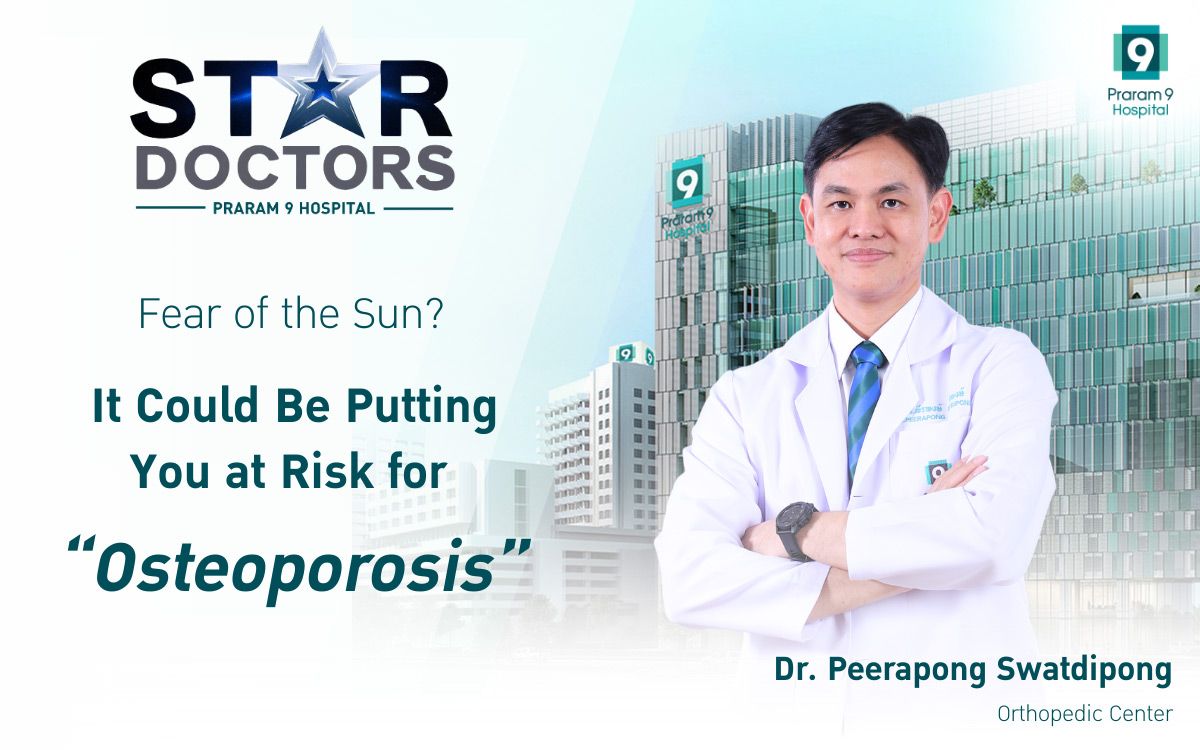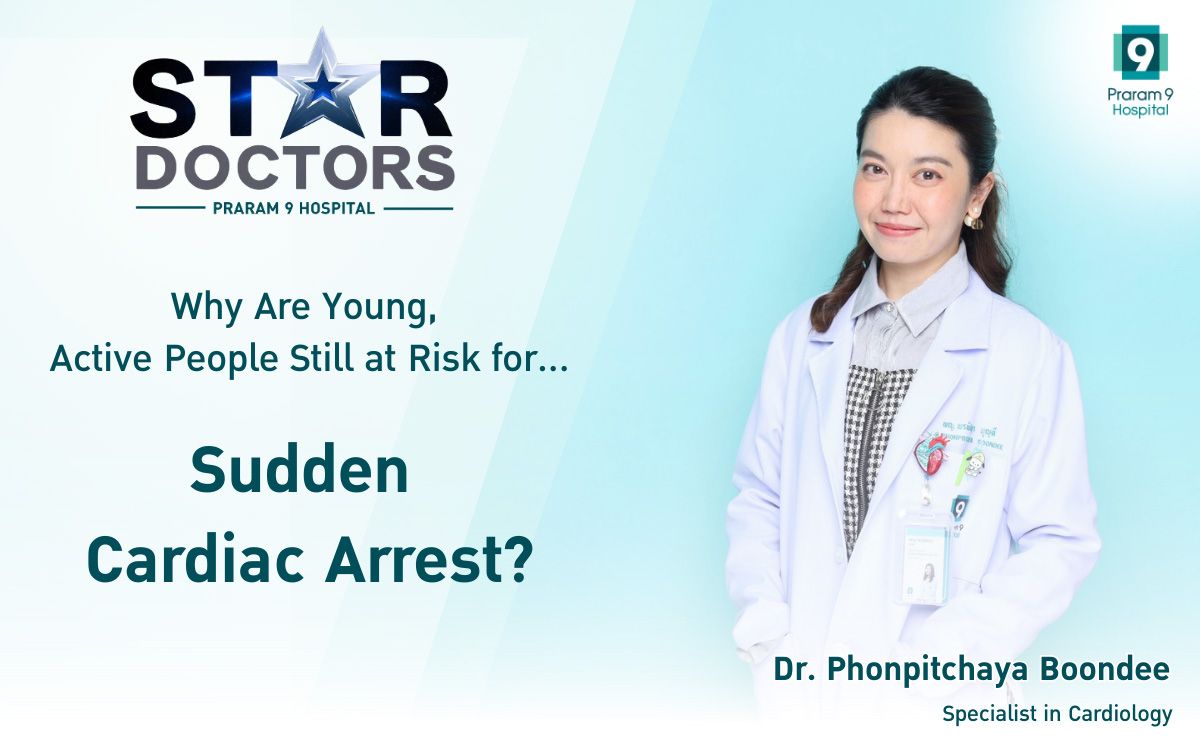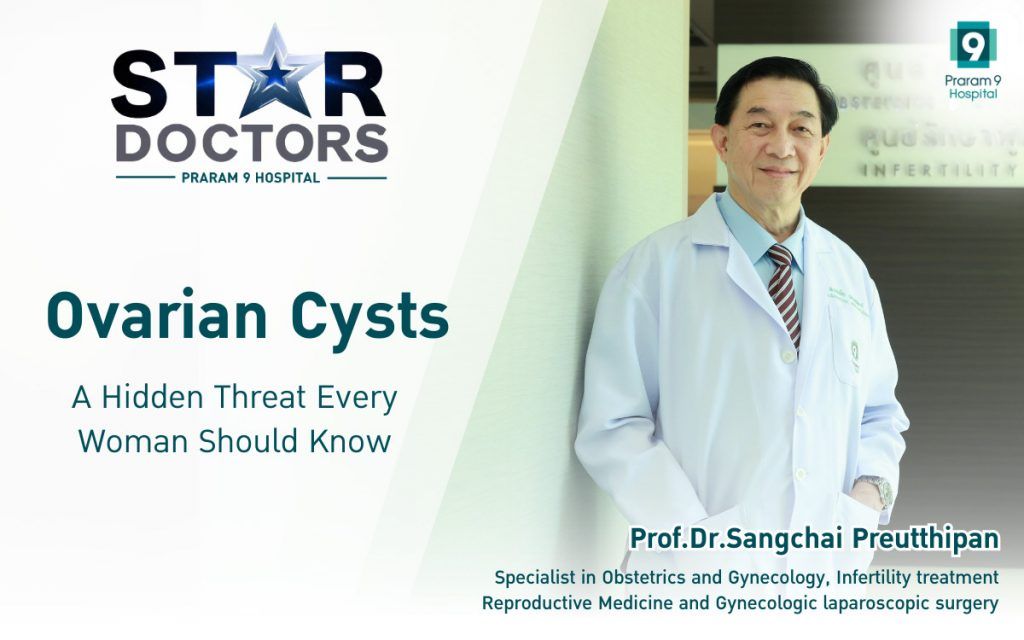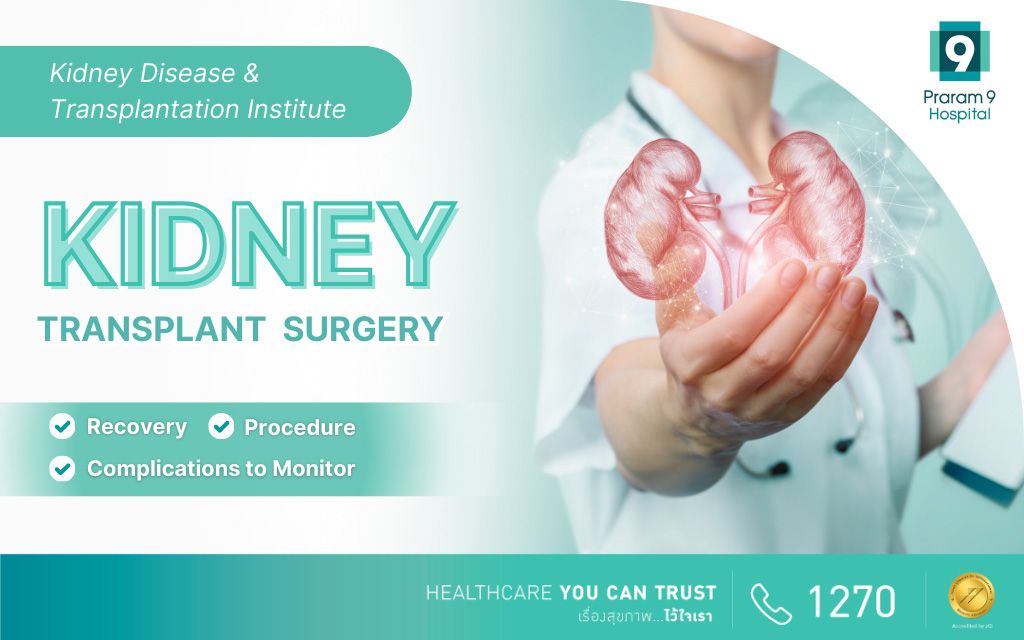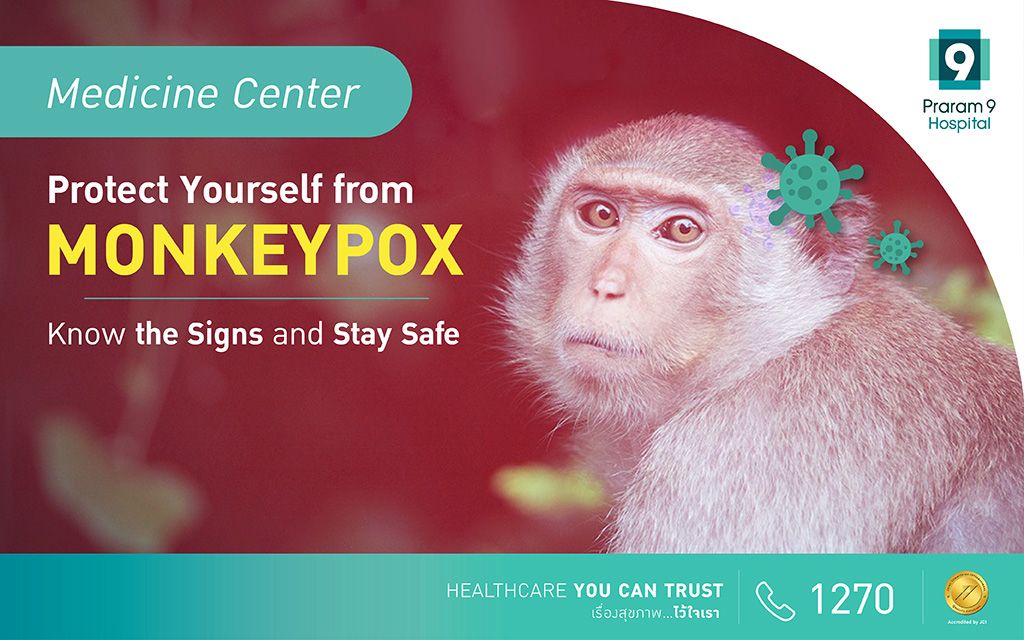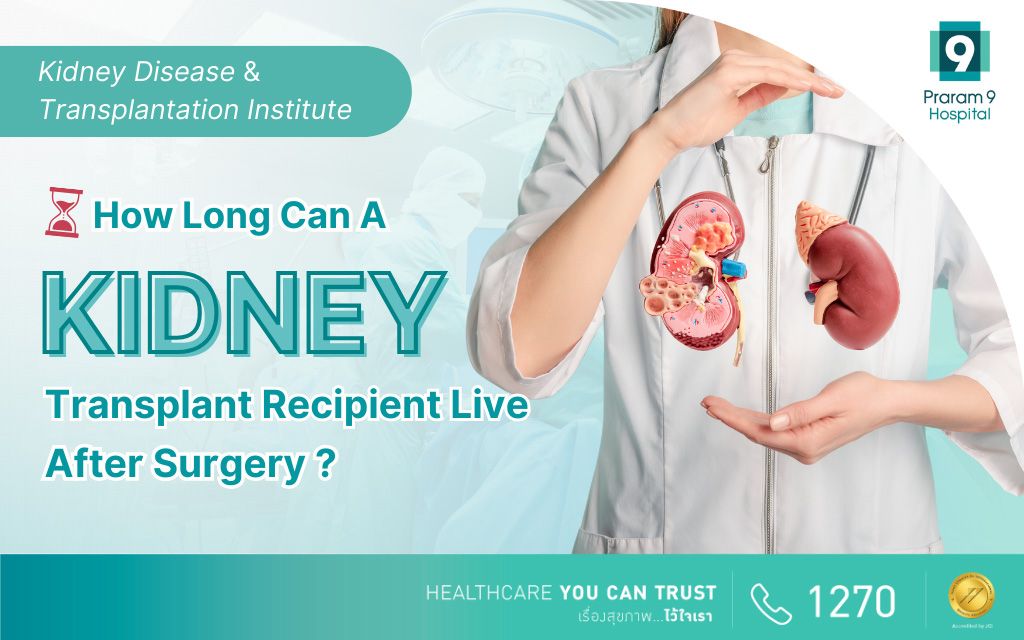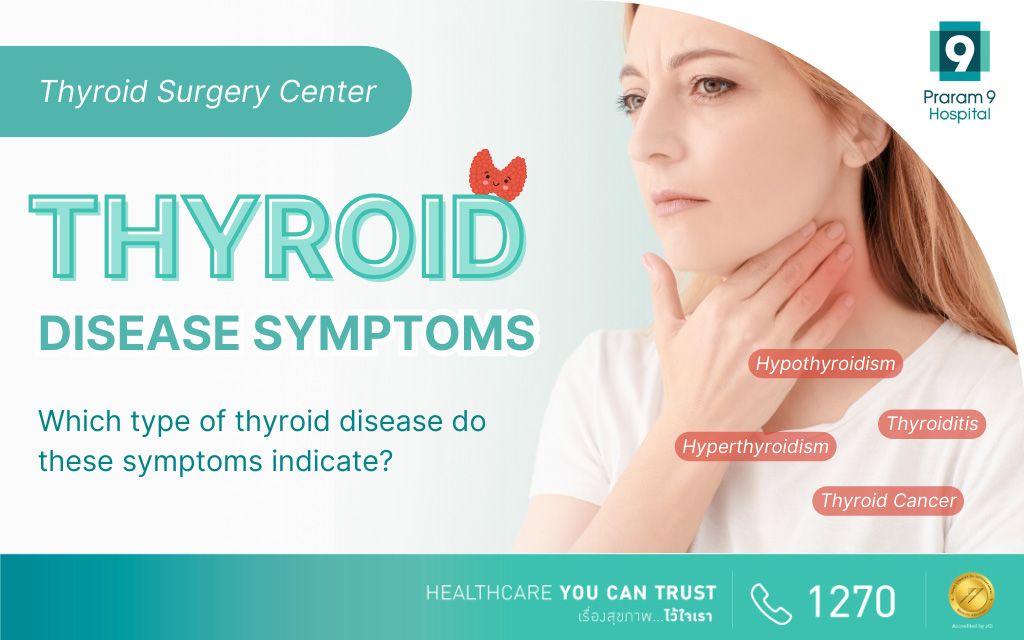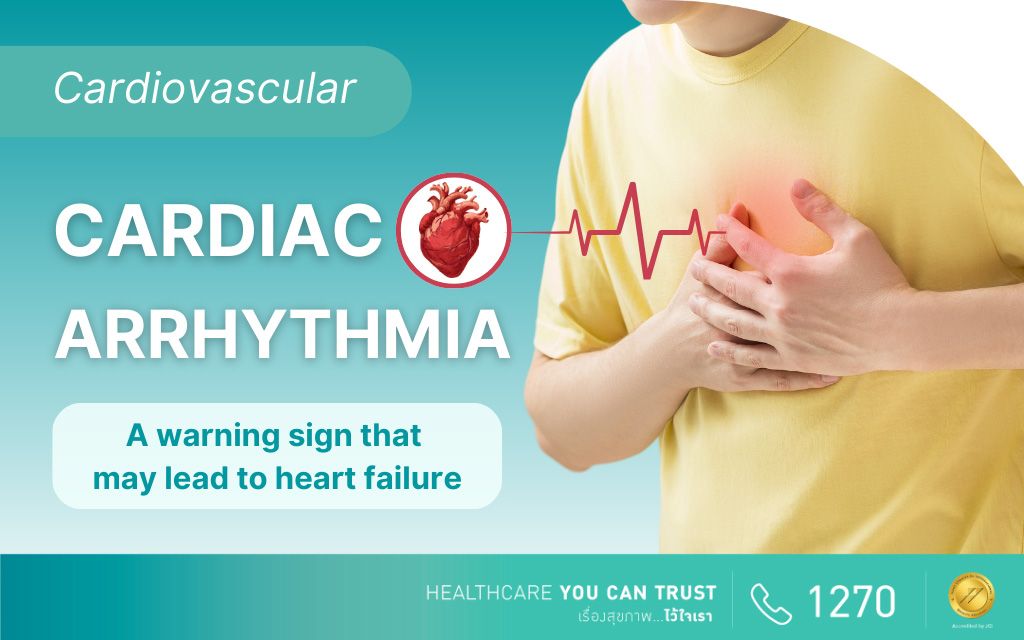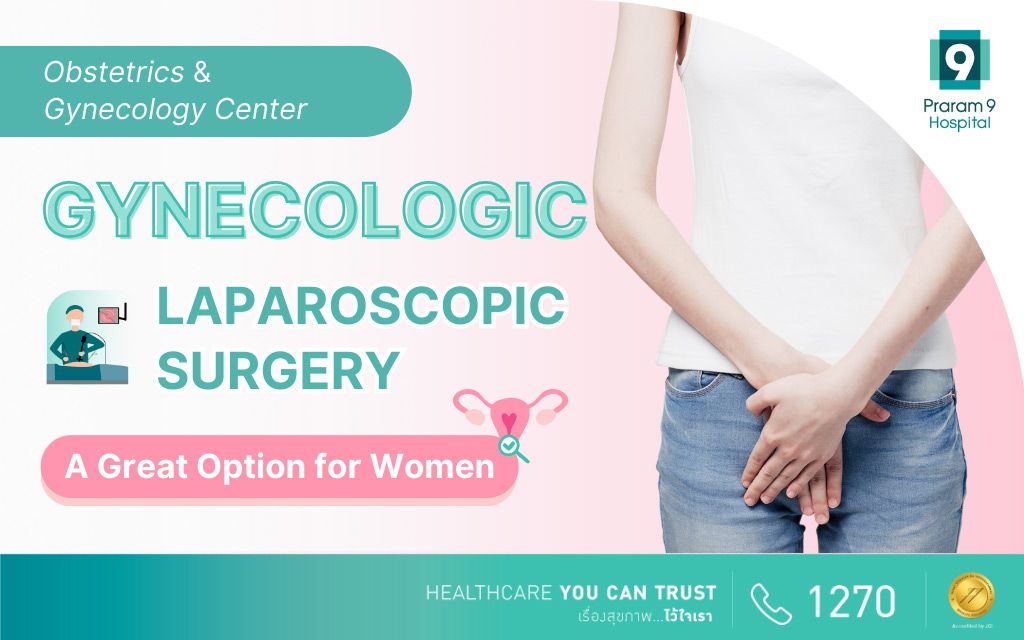Health Articles
Knowledge
Breast cancer

Breast Cancer
Breast cancer
Breast cancer is still the number 1 cancer most commonly occur in women globally and how upsetting it is that there is the risk to lose one or two of the breasts to cancer. Why do we have to wait for us to get breast cancer before we starting caring it even though there are ways to prevent it. Therefore, screening test to detect cancer at its early stage is the best way to go, for the quickest and the least damaging effect this cancer can cause us. Either performing a search for any lump or tumor by massaging your breast or going to the hospital for breast ultrasound and mammogram can all contribute to the chance of detecting breast cancer as early as possible.
Screening test such as breast ultrasound and mammogram are important because breast cancer in its early stage dose not exhibits any signs or symptoms, which make it difficult to be aware of its presence early on.
Mammogram Method: is a method that uses a special type of radiation which is similar to X-rays. However, this process uses 30-60% less radiation compare to conventional X-rays methods but it is effective at detecting early stage of breast cancer due to high image quality that this method can produce which help the doctor to see very small calcium deposits or unusual tissues in the breast to pinpoint accurate location to carry out treatments.
Breast ultrasound: is a method that send high frequency wave length into the breast tissue which allows the doctor to differentiate between various type of tissue and to detect any anomaly in the breast. This method can be useful in patients with high density breast tissue but it cannot detect calcium deposits in the breast.
Nevertheless, by using mammogram in conjunction with breast ultrasound will gives us the best results to measure, detect and plan for the future treatment if necessary. Even if breast cancer is detected, at its early stage, the entire breast does not need to be removed. Surgery to remove the cancerous tissue can be conducted and through plastic surgery, the shape of the breast can be altered to look normal after the surgery. In the case whereby the entire breast needs to be removed, breast reconstructive surgery, which can be done through breast implants or using muscle tissue from the abdomen or back area, can be perform immediately right after. Patients can be confident that their breast will look and feel similar to before and with minimal side effects. Recovery time from a 4-6 hours surgery could be just 5-7 days.
